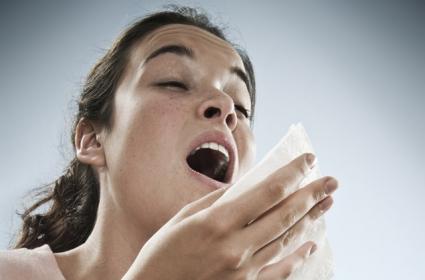Common Monsoon Diseases and Precautions

BY Dr. Muqshith Quadri, Senior General Physician & Diabetologist Kamineni Hospital , Hyderabad
Most of the common diseases during the monsoons in India are common cold and flu, flu, malaria, dengue, leptospirosis, gastric infections, typhoid, jaundice, cholera, etc. From Malaria to Dengue, most of these diseases usually happen in monsoons, and a known fact is that most of these diseases become severe very rapidly. Infections such as common cold, flu, typhoid, and mosquito-borne diseases such as malaria, dengue, and fungal infections are generally caused by bacteria, viruses, fungi, and parasites in this season. From common colds and flu to complicated dengue and malaria, the occurrence of diseases in monsoons is quite prevalent in this season.
Sudden fluctuations in temperatures during the monsoon may trigger viral infections similar to the common cold and flu. The most frequent viral infections, the common cold, and flu, are caused by sudden changes in temperatures during the Monsoon. The cold and flu, the most frequent viral infections, are caused by the abrupt temperature changes during the monsoon. The monsoon brings along several respiratory infections, which are spread through the air by microscopic pathogens (viruses causing diseases), leading to the common flu, viral fever, cold, cough, and sore throat.
Cholera, typhoid, influenza, and gastric infections are the common waterborne diseases observed in the monsoon. The most common waterborne diseases associated with the monsoons are malaria and dengue fever, as well as gastroenteritis, typhoid, cholera, dysentery, diarrhoea, and hepatitis (jaundice). In addition, other diseases that are often caused by contaminated water include Jaundice, Hepatitis A, and GI infections like Gastrointestinal Infections. Gastrointestinal infections such as vomiting, diarrhoea, and gastroenteritis are caused by the consumption of food that is old, unopened, or contaminated with water.
Cholera is usually seen during rainy seasons, caused by the consumption of contaminated food and drinking water. It is a waterborne viral infection, usually caused by the contamination of drinking water or food. Malaria is spread by mosquitoes, as during the monsoons, clogging water is an issue, providing a breeding site for mosquitoes. Since the clogging of water is a typical issue in the seasons of India, it serves as the mosquito breeding ground.
The cases of Chikungunya rise in the monsoon as many areas have the issue of water logging, making it a mosquito breeding ground. This is another common disease during monsoons caused by some species of mosquitoes that breed in contaminated water. Malaria occurs mostly due to logging as the mosquitoes breed in the streams and canals, giving rise to severe fevers (up to 105 deg C) which may last several days. Drinking boiling water and sticking home-cooked meals are the best ways to prevent this disease. A waterborne disease, typhoid is usually caused by bad sanitation.
Keeping a hand sanitizer handy, not eating street food, and drinking healthful liquids can prevent this disease. A Waterborne Disease Fever is a common symptom throughout the year but is more prevalent in the monsoon. Keeping a hand sanitizer with you at all times, refraining from consuming street food, and drinking healthy fluids will help you prevent getting this disease. A water-borne disease fevers are a common symptom throughout the year but are the most common during monsoons. Early detection and some basic preventive and hygiene measures can ensure that you remain safely safe this monsoon.














